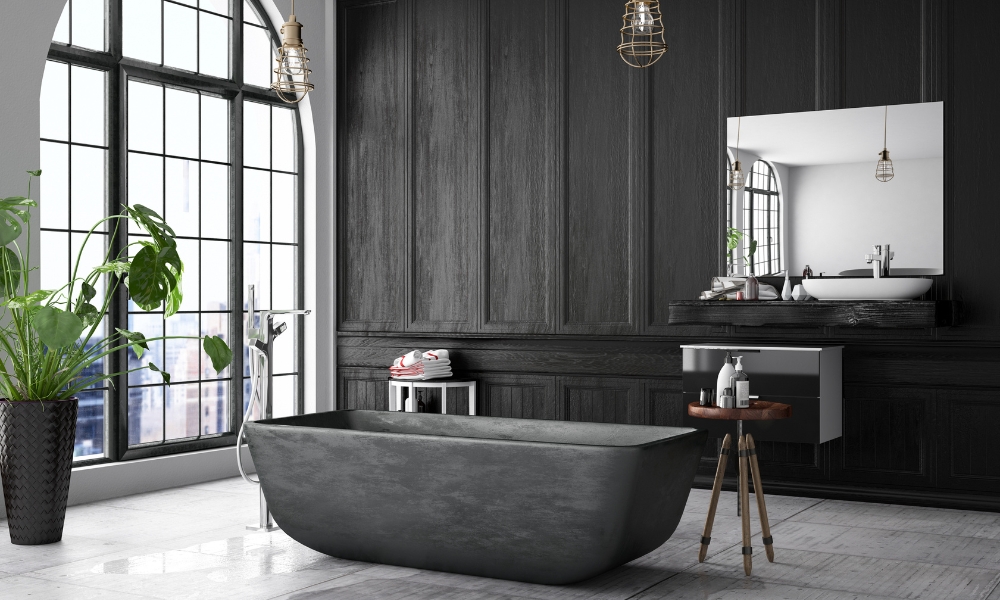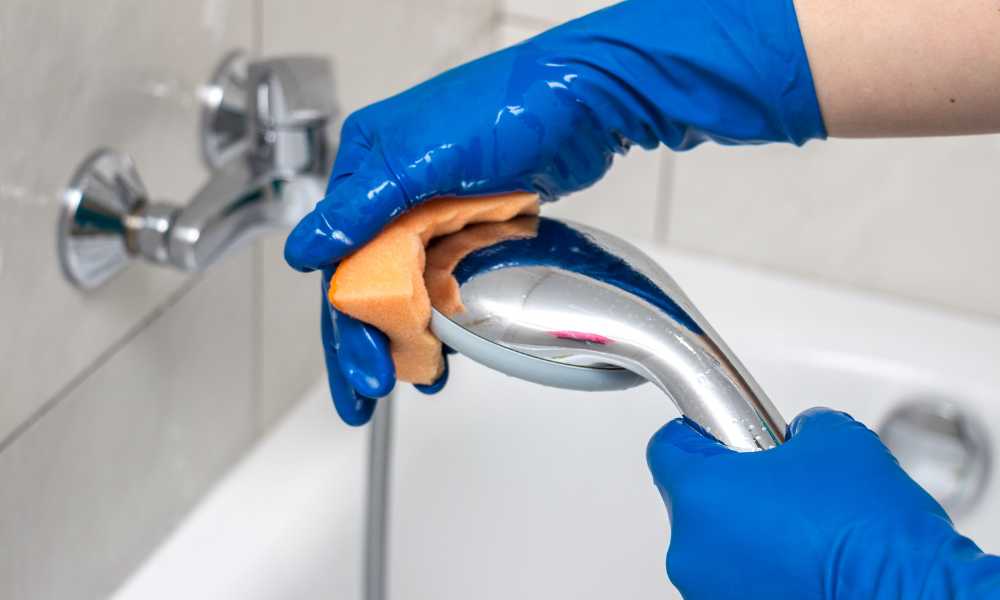Clean sticky wood chairs can be a beautiful and functional addition to any home, adding warmth and character to your décor. Over time, wood furniture can develop a sticky residue, making it not only unattractive but also uncomfortable to use. Whether it’s from spilled food, grease, or environmental factors, sticky wood chairs need proper care and attention to restore their beauty and functionality.
If you’ve noticed that your wood chairs are becoming sticky, you’re in the right place. This guide will provide you with step-by-step instructions on how to clean wood chairs that are sticky, along with tips for maintaining them so that they continue to look great for years to come.
Why Do Wood Chairs Become Sticky?
Before diving into the cleaning process, it’s important to understand why timber chairs may become sticky in the first place. Sticky residue can be caused by several factors, including:
- Spilled Food or Beverages: Over time, food or sugary drinks can accumulate on the surface of your wood chairs, leaving a sticky layer that’s difficult to remove.
- Grease or Oil: Cooking oils or greasy hands may leave a sticky residue on wooden surfaces, especially on chairs in the kitchen or dining areas.
- Dust and Dirt: When dust and dirt accumulate and mix with moisture, they can create a sticky film that clings to timber surfaces.
- Cleaning Products: Sometimes, using improper cleaning products (such as oils or waxes that are too heavy) can leave a sticky residue behind.
- Environmental Factors: Humidity or exposure to heat may affect the finish on your wood chairs, causing a buildup of sticky substance.
No matter the cause, cleaning sticky wood chairs is possible with the right techniques. Let’s take a look at how to properly clean them.
Materials You Will Need
To clean sticky wood chairs, gather the following materials:
- Microfiber cloths (soft, lint-free)
- Warm water
- Dish soap (mild, non-abrasive)
- White vinegar
- Baking soda (optional)
- Wood polish or conditioner
- A small bowl or bucket
- A sponge or soft brush (optional)
- Gloves (optional, for protection)
These are simple, common items that you likely already have in your home, making it easy to begin the cleaning process.
Step-By-Step Guide To Cleaning Sticky Wood Chairs
Step 1: Assess The Problem Area

Before you begin cleaning, it’s essential to assess the extent of the stickiness on your wood chairs. Examine the chair closely to determine whether the sticky residue is localized to a specific area, such as the seat or arms, or if it covers the entire surface. Identifying the severity and distribution of the stickiness will help you choose the most effective cleaning method. For instance, small, concentrated sticky spots may require a more targeted approach, while larger areas may need a more thorough cleaning process. Understanding the problem will ensure you use the right tools and techniques to restore your chairs without causing any damage.
Step 2: Dust And Clean The Surface

The first step in cleaning sticky chairs from scratching wood floors is to dust off any loose dirt, debris, or dust. Use a microfiber cloth to wipe down the entire chair, including the seat, backrest, and legs. If there are any areas where dust has mixed with moisture (creating a mud-like residue), gently rub those spots to remove the dirt.
Step 3: Mix A Cleaning Solution

For a general tacky residue, you can create a simple cleaning solution by mixing warm water with a small amount of mild dish soap. Dish soap is gentle enough not to damage wood but effective enough to cut through grease and grime.
- Fill a bowl or bucket with warm water.
- Add a few drops of dish soap to the water and stir to create a soapy solution.
If you prefer an all-natural solution, mix equal parts of warm water and white vinegar. White vinegar is an excellent natural cleaner that can help break down sticky residue without harming the wood finish.
Step 4: Wipe Down The Stickys Areas

Dampen a microfiber cloth in the cleaning solution you just made. Ensure the cloth is not soaking wet, as excess moisture can damage wood. Wipe down the sticky areas of the chair, applying gentle pressure to lift the residue. For particularly sticky spots, you can use a soft sponge or soft brush to scrub the area gently.
- Work in small sections, wiping with the grain of the timber to avoid scratching the surface.
- If needed, repeat the process a few times to remove the stickiness completely.
Step 5: Rinse With Clean Water
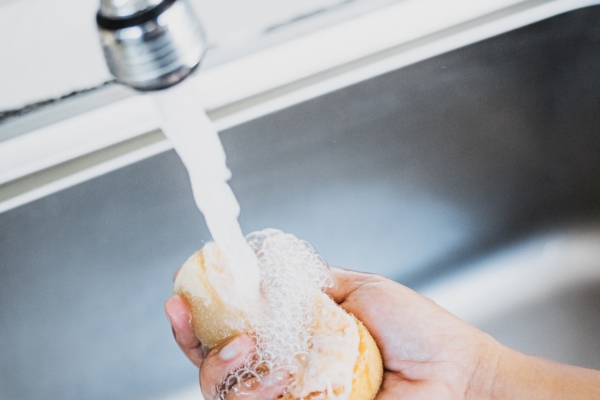
After cleaning the tacky areas, it’s important to rinse away any leftover cleaning solution to prevent streaks or residue from forming on the wood. To do this, rinse your microfiber cloth thoroughly with clean water and wring it out until it’s damp but not soaking wet. Use this damp cloth to gently wipe down the entire surface of the chair, ensuring that any soap or vinegar residue is completely removed. This step helps maintain the wood’s natural shine and prevents the cleaning solution from leaving marks that could detract from the finish.
Step 6: Dry The Wood Chair
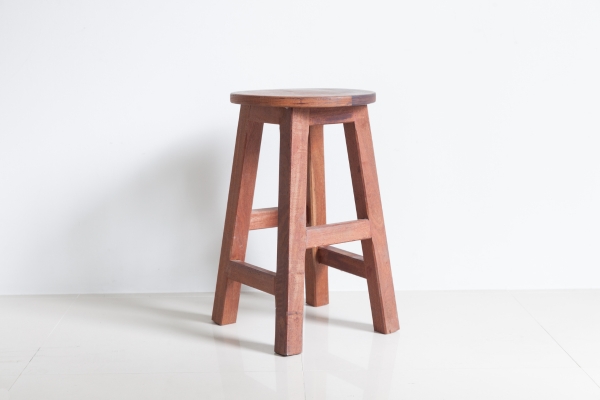
After rinsing, it’s crucial to dry the wood chair thoroughly to prevent any moisture from seeping into the timber, which can lead to warping, swelling, or damage to the finish. Use a clean, dry microfiber cloth to wipe down the entire chair, ensuring that every surface, including corners and crevices, is completely dry. Pay extra attention to areas where moisture may collect, such as joints or decorative carvings. Proper drying not only protects the wood but also prepares it for any finishing steps, such as polishing or conditioning, ensuring a smooth and long-lasting result.
Step 7: Apply Woods Polish Or Conditioner
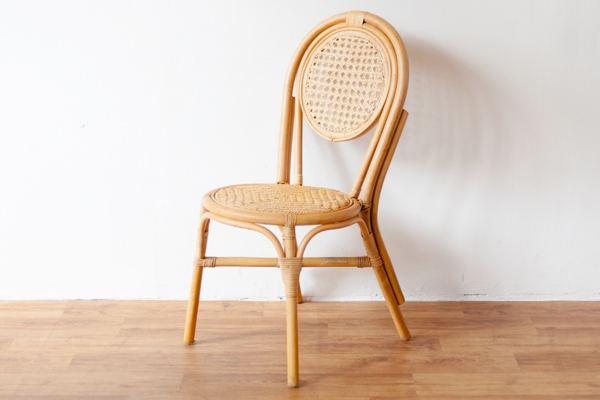
Once the chair is dry, you can finish the cleaning process by applying a wood polish or conditioner. This will help protect the wood, restore its shine, and prevent future stickiness. Use a product that is designed for the type of woods your chair is made from (e.g., oak, cherry, pine) to maintain the best results.
- Follow the instructions on the product label.
- Apply a small amount of polish to a clean microfiber cloth and gently rub it into the wood in the direction of the grain.
- Buff the surface to a shine.
This will not only restore the appearance of your woods chair but also create a protective barrier to keep it looking great.
Additional Tips For Stubborn Sticky Residue
If the regular cleaning method doesn’t completely remove the sticky residue, try the following additional steps:
1. Baking Soda Paste
Baking soda is mildly abrasive, so it can help lift stubborn sticky residue without damaging the woods. Mix baking soda with a small amount of water to form a paste. Apply the paste to the sticky areas and let it sit for a few minutes. Afterward, gently scrub the paste away with a microfiber cloth, working in the direction of the timber grain. Rinse and dry the chair as usual.
2. Olive Oil And Vinegar Solution
For particularly sticky and greasy finishes, an olive oil and vinegar solution can be highly effective. Combine equal parts olive oil and vinegar in a small bowl to create a natural cleaner that’s gentle on woods. The olive oil helps to break down tough grease, while the vinegar cleans and restores the wood’s shine. Dip a microfiber cloth into the mixture, wring it out, and gently rub the tacky spots in the direction of the wood grain. The combination not only removes residue but also conditions the timber, leaving it smooth and polished. Once the sticky areas are cleaned, wipe the surface with a damp cloth to remove any excess solution, then dry thoroughly.
3. Commercial Wood Cleaners
If homemade remedies fail to remove the sticky residue, consider using a commercial wood cleaner designed specifically for sticky or greasy surfaces. These products are formulated to effectively cut through stubborn grime without harming the wood’s finish. When choosing a cleaner, ensure it is safe for your specific type of timber and compatible with its finish, such as lacquer, varnish, or oil-based coatings, Follow the manufacturer’s instructions closely, applying the product with a soft cloth or sponge as directed. After cleaning, wipe away any excess product with a damp cloth and dry the chair thoroughly to maintain its appearance and integrity.
Preventing Sticky Wood Chairs In The Future
Once you’ve successfully cleaned your wood chairs, it’s essential to take preventive steps to avoid future stickiness. Here are some tips:
- Regular Dusting: Dust your wooden chairs regularly to prevent dirt and moisture buildup.
- Use Coasters and Mats: Always use coasters or placemats to protect your chairs from spills, food, and liquids.
- Clean Spills Immediately: If something sticky or greasy spills on your chair, clean it immediately to prevent residue from forming.
- Proper Maintenance: Apply a wood polish or wax every few months to protect the finish and keep the timber looking beautiful.
- Control Humidity: Excessive humidity can cause timber to absorb moisture, making it more prone to sticky residue. Consider using a dehumidifier in rooms with high moisture levels.
Conclusion
Cleaning sticky wood chairs may seem like a daunting task, but with the right techniques and a bit of patience, you can restore your chairs to their original beauty. By following these steps, you’ll not only clean off the sticky residue but also ensure that your wood furniture lasts for years to come.
Remember, regular cleaning and proper maintenance are key to keeping your wood chairs looking and feeling great, Whether you’re dealing with sticky spots from food, grease, or environmental factors, you now have the tools and knowledge to get your chairs looking pristine once again.
